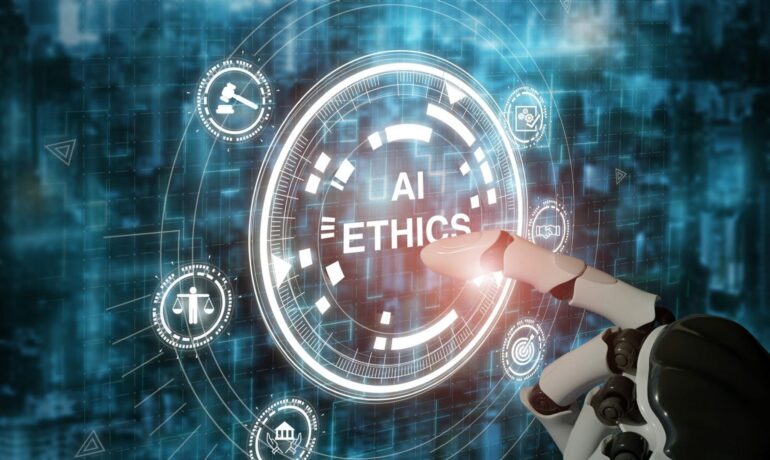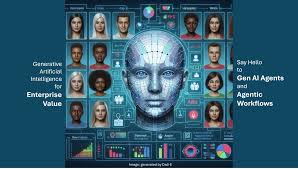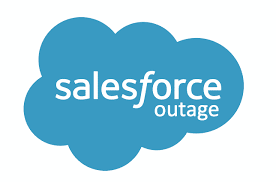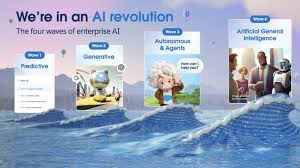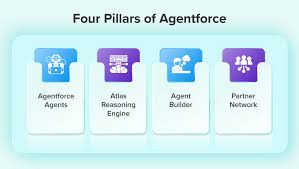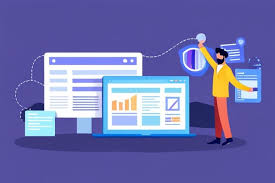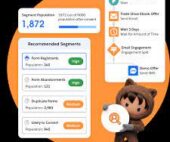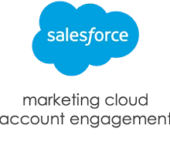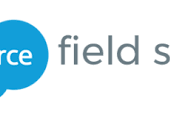Gen AI and Software Development
The Future of Software Development with Generative AI Imagine developing software products at unprecedented speed and cost efficiency, allowing your company to test more ideas with real—and even virtual—customers. This capability could accelerate the time to market for targeted products while minimizing risk and resource waste. Generative AI (GenAI) is making this vision a reality. But how exactly will AI-powered product development work? We propose a four-stage framework that leverages GenAI to streamline today’s labor-intensive processes. The Challenge with Traditional Software Development As Marty Cagan of Silicon Valley Product Group has pointed out, most companies still rely on a lengthy, complex software development cycle. Typically, it follows this pattern: This approach is expensive and fraught with risk. Predicting a product’s ROI before release is notoriously inaccurate. Additionally, testing product designs with real users is both time-consuming and costly. If a final product fails to attract customers, the company loses valuable time, money, and human effort—something we’ve seen in cases like Quibi and Clubhouse. To mitigate these risks, some firms have embraced iterative development, involving end users early in the process and continuously refining their solutions. While this method improves outcomes, GenAI offers the potential to revolutionize the entire approach. How GenAI Transforms Software Development GenAI moves beyond traditional A/B testing and incremental improvements. Consider the perspective of Nikita Bier, Product Growth Partner at Lightspeed Venture Partners, who recently stated: “No, I just ship the app—and if it’s not ranked in the Apple Store, I change it until it is.” This mindset—enabled by GenAI—suggests a more agile, data-driven approach to product development, where software is rapidly iterated based on real-world feedback. We propose a simplified four-step framework that highlights GenAI’s role in transforming each stage: 1. User Research Today: Companies analyze user problems, market needs, and contextual factors to determine why a product should be built. With GenAI: AI can simulate realistic consumer behavior, reducing the need for expensive user research. For example, a recent study used OpenAI’s GPT-3.5 to predict laptop purchasing decisions based on simulated income levels. The AI accurately adjusted its price sensitivity based on whether it “earned” $50,000 or $120,000 annually—mimicking real consumer behavior. 2. Design Today: Product teams develop solutions, mapping interactions between users and the product. With GenAI: AI can translate ideas into designs for different types of creators. Visual thinkers can sketch concepts, which AI converts into formal design assets. Those who work better with words can use AI tools like Galileo and Genius to generate wireframes from natural language descriptions—seamlessly integrating with design platforms like Figma. 3. Build Today: Developers determine how the product’s components fit together, writing code to bring it to life. With GenAI: AI can generate functional software code with minimal human input. For instance, aerospace engineer Brandon Starr used a single sentence—“Create a bunny-themed Flappy Bird as an iOS app”—to instruct Replit Agent, which then built the app autonomously. 4. Learn Today: Companies analyze product performance and user feedback to refine future iterations. With GenAI: AI will integrate with top-tier product analytics tools, synthesizing data to automate improvements, rebuilds, and relaunches. As Wharton professor Ethan Mollick has demonstrated, GPT’s advanced data analysis capabilities can already perform this type of iterative optimization. The Future of AI-Powered Development What about traditional product development steps like market research, segmentation, and feature prioritization? Some will be absorbed into these four stages, while others—like extensive market analysis—will become less critical as development accelerates. An even more transformative shift is on the horizon: natural language interfaces that guide product developers through the entire process. Imagine describing a vague product idea, and AI not only builds it but also evaluates its business viability. This shift could redefine how companies structure development teams—or even empower individuals to create software on demand, much like smartphones democratized video production. As GenAI pioneers the next frontier, software development is poised to become one of its most revolutionary applications. Like Related Posts Salesforce OEM AppExchange Expanding its reach beyond CRM, Salesforce.com has launched a new service called AppExchange OEM Edition, aimed at non-CRM service providers. Read more The Salesforce Story In Marc Benioff’s own words How did salesforce.com grow from a start up in a rented apartment into the world’s Read more Salesforce Jigsaw Salesforce.com, a prominent figure in cloud computing, has finalized a deal to acquire Jigsaw, a wiki-style business contact database, for Read more Service Cloud with AI-Driven Intelligence Salesforce Enhances Service Cloud with AI-Driven Intelligence Engine Data science and analytics are rapidly becoming standard features in enterprise applications, Read more




